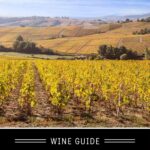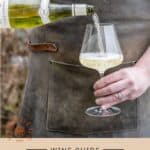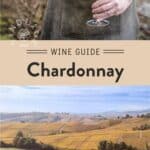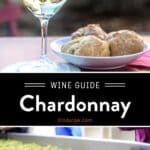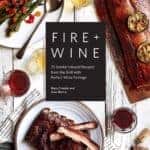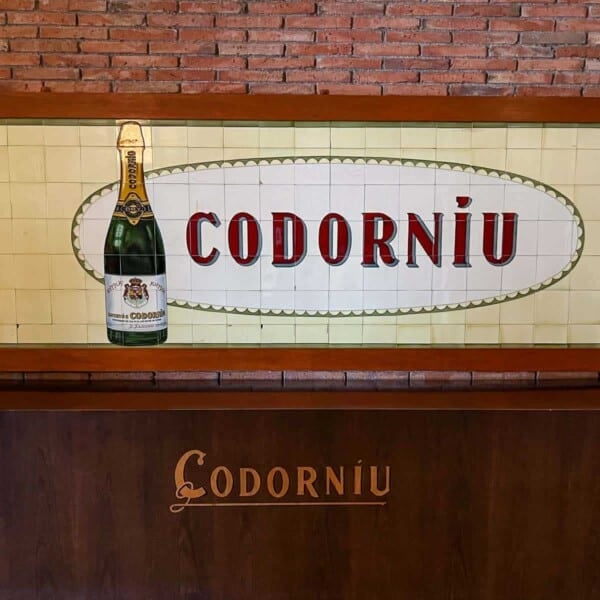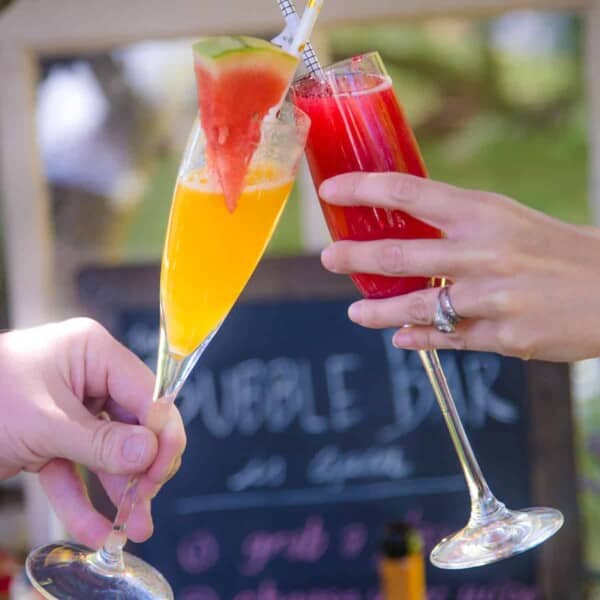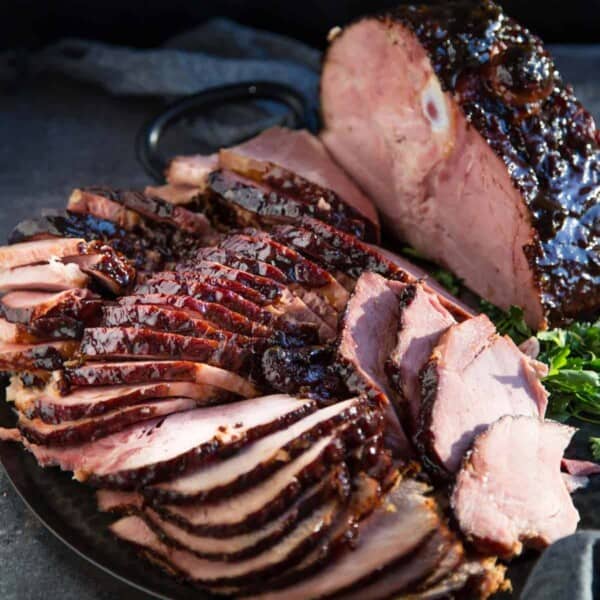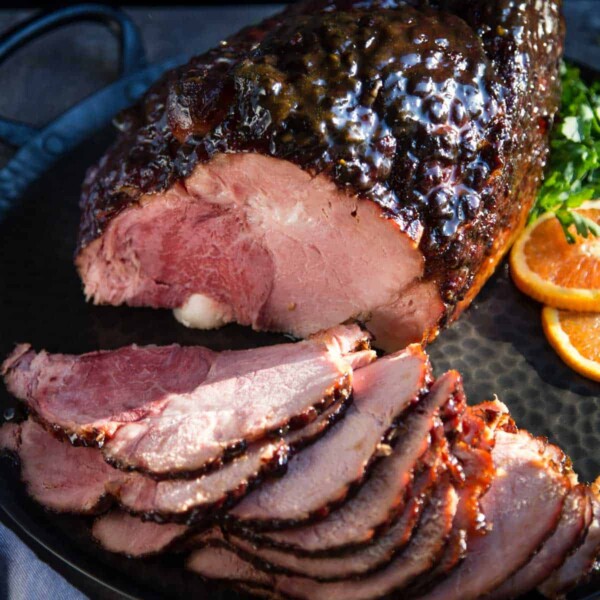Chardonnay Wine Guide
Mar 05, 2021, Updated May 15, 2024
This post may contain affiliate links. Read more at our disclosure policy.
Chardonnay is one of the world’s most popular wines, and one of the most widely planted grapes, and for good reason. It’s also one of the most versatile, made in a wide range of styles. Find out why this is grape is the queen of wine in this introduction to Chardonnay.
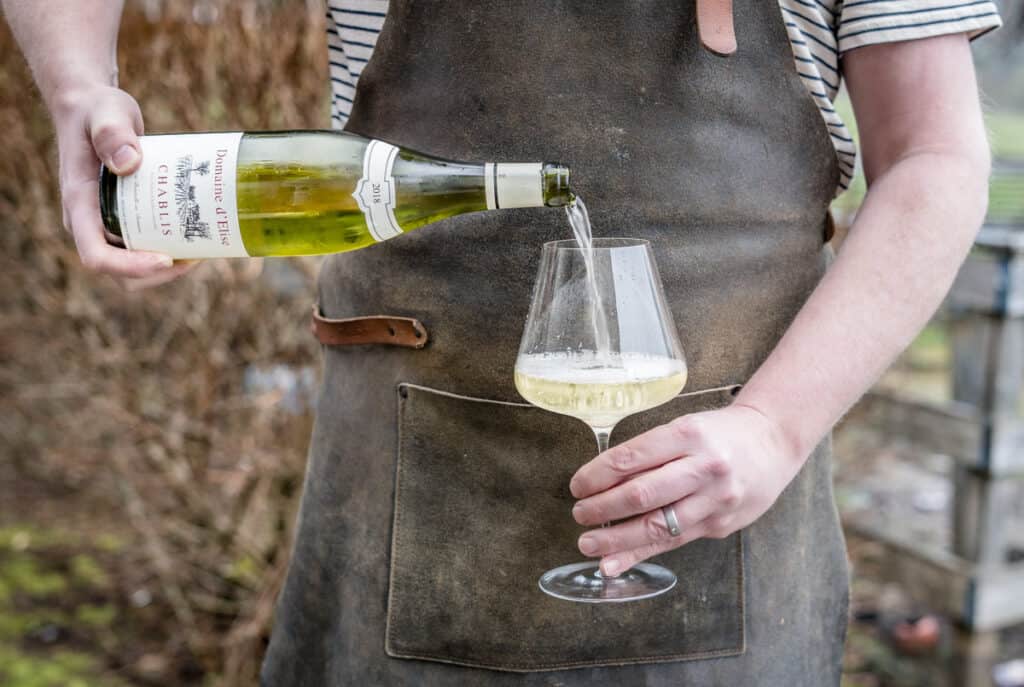
A winemaker I used to work with once explained Chardonnay to me as the chicken of wine — meaning, it’s a blank canvas. You can take a piece of chicken and change the flavors in a million ways, based on how you season it and how you cook it (from sautéing, to frying, to smoking, and more).
Chardonnay is the same way. It changes based on a wide variety of factors. You can age the grapes in stainless steel tanks, giving it a bright freshness, or you can age it in new oak barrels, giving it a richness with flavors of vanilla and caramel, or you can make it bubbly. You can grow it in warm climates, and also cool. It’s a chameleon, and a quite a delicious one at that!
Table of Contents
A Quick Rundown
- Chardonnay is a green skinned grape variety.
- It is a medium to full-bodied white wine.
- It is grown all over the world.
- It is the most widely planted white grape in the world.
- It has a wide range of styles, from young to aged, stainless steel fermented to oak, still wine to sparkling.
- It can be labeled “Chardonnay” or by region, such as White Burgundy (or Bourgogne) or Chablis when found in those specific regions of France.
- Chablis = Chardonnay. If you see a wine labeled Chablis from France, then it must be made from Chardonnay grapes.
- It is the primary white grape used in the production of Champagne (the greatest beverage on the planet!).
- Blanc de Blanc Champagne must also be 100% Chardonnay grapes.
- Some of the most expensive wines on earth are made from Chardonnay (Grand Cru Montrachet, from the Bourgogne region for example).
- Chardonnay can be found on all ranges of the price spectrum, from under $10, to thousands of dollars for Grand Cru Burgundies to Blanc de Blanc Champagnes. I tend to lean towards those in the $10-$40 range.
Where is Chardonnay From
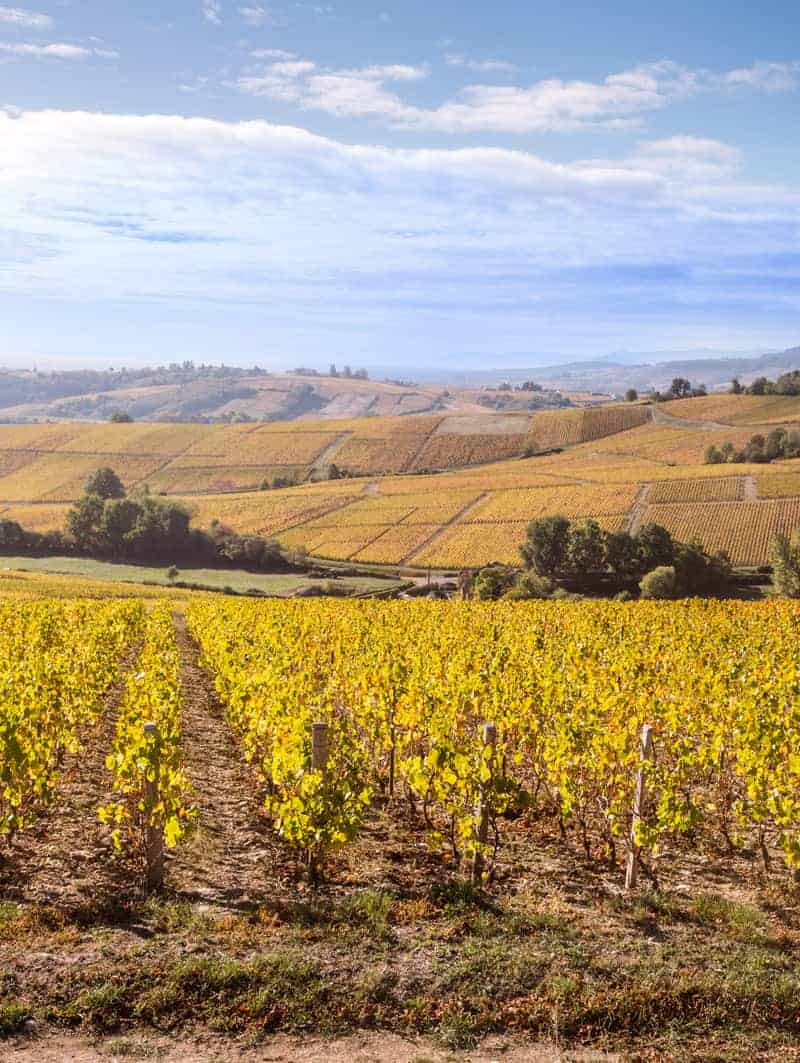
Chardonnay originates in the Bourgogne (Burgundy) region of eastern France, but it grows all over the world, in nearly every region where wine is produced. The grapes are a reflection of where it grows. More on Bourgogne here.
What does Chardonnay Taste Like
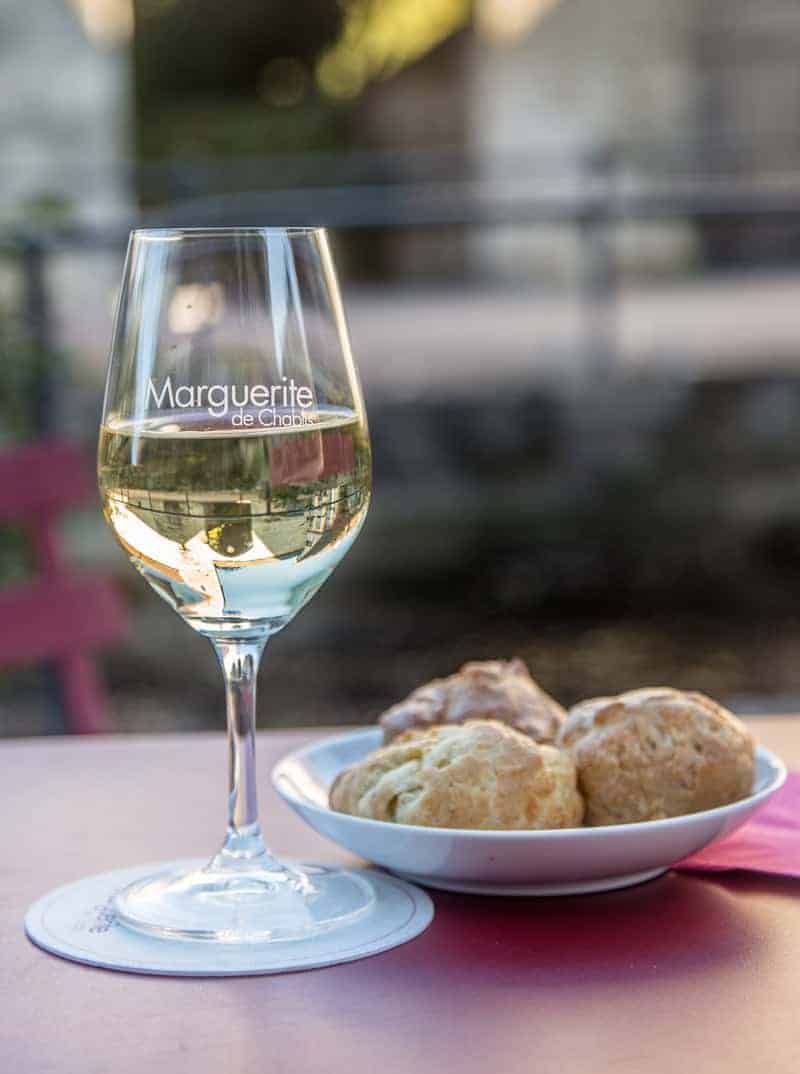
Climate and winemaker style both have a huge impact on the overall flavors that evolve in a Chardonnay grape. And since it grows in both warm and cool climates, you’ll find a wide range of flavors from any bottle of Chardonnay.
In Cool Climates: In climates such as Burgundy, Oregon, or New Zealand, you’ll find citrus and apples to stone fruits (peach, apricot, pear) and more crisp flavors.
In Warmer Climates: Climates such as California, Rioja (Spain), or Chile, you’ll find more ripe and tropical flavors (think banana, pineapple, guava, mango).
Malolactic Fermentation: This is a winemaker technique, whereby a wine will undergo malolactic fermentation – converting the tart malic acids, which are a harsher acid (think lemon), into softer lactic acid (think milk), which will result in that buttery aroma you often hear associated with Chardonnay. If a wine has NOT gone through malolactic fermentation, the wines are usually much crisper, lacking that buttery texture or flavor.
Fermenting or Aging in Oak: This is another winemaker technique that gives a wine tannins and structure, and also flavors, which will result in wines that can display flavors of oak, vanilla, caramel, toffee, smoke, or baking spices (think cinnamon or clove).
Stainless Steel: Wines that ferment or age in stainless steel tanks (vs. oak or other methods) tend to be more crisp and reflect the grapes, vs. the outside influence of oak barrels.
Regional Uniqueness: Some regions have their own flavors, simply based on their terroir, or location. In Chablis, for example you’ll find distinct chalky and mineral flavors. In this specific region, you’ll almost always find a very notable flint-like minerality, and a salinity, along with green apple, lemon, and white flower, to name a few.
These tend to be lean and elegant, distinguishing it from Chardonnays produced elsewhere. This is primarily due to the limestone (specifically Kimmeridgian limestone) soils in which the grapes are planted and cooler climate. Find out more about Chablis here.
Would you like to save this?
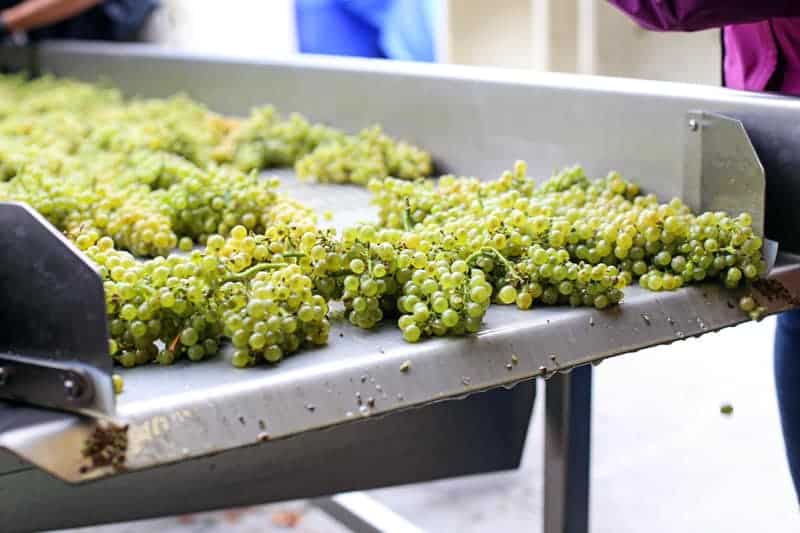
Best Regions for Chardonnay
As mentioned, this queen of grapes if grown in nearly every winegrowing region in the world. But some of my favorites are France (Chablis, Burgundy, and Champagne), Oregon (where some of the Chardonnay produced here rivals their French counterparts), California, and some other great examples can be found in Italy, New Zealand, Chile, and also Australia.
Each region will have certain expressions of flavor and terroir, so explore the various regions to find a style suiting your palate.
Emerging Regions
Countries like Brazil have been making Chardonnay for over 100 years but only recently has some of it started to show up in the US. Seek out wines of Brazil if you want to sample a diverse range of wines from oaked, stainless steel, and made as sparkling wine.
Pairing Chardonnay with Food
Because of the wide range of styles, Chardonnay can be paired with almost any food out there (yes, even barbecue!). Lighter styles (unoaked or Chablis style) are a good match for some seafood, cheese, salads, chicken, pork, and more. Oaked and full-bodied versions can pair well with creamy meals (like cream-based pastas), grilled or smoked meats, or other rich foods.
Related: How to pair wine with barbecue
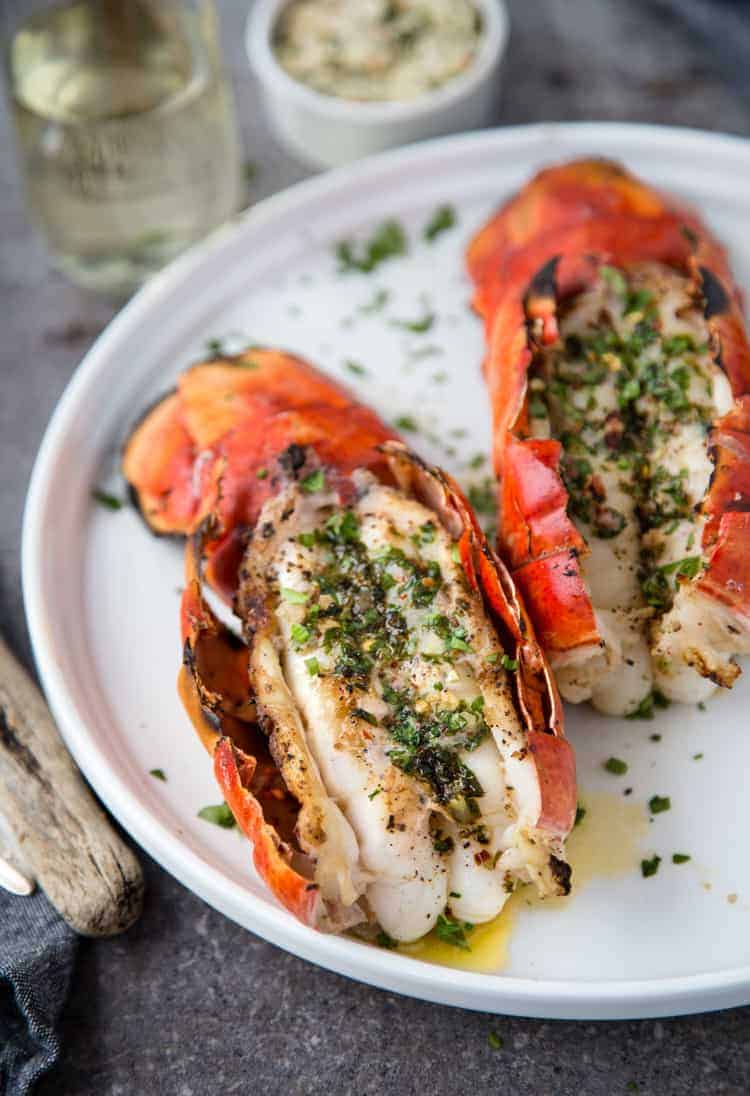
Recipes to Pair with Chardonnay
You can also check out our guide on pairing wine with food.
Oaked Chardonnay
- Smoked Salmon and Dungeness Crab Cakes
- Smoke Roasted Chicken
- Garlic Shrimp with Garlic Wine Butter Sauce
- Grilled Pork Chops with Wine Brown Butter Sauce
- Grilled Lobster Tails
Unoaked or Sparkling Chardonnay
- Grilled Oysters
- Cheese Fondue
- Smoked Sausage and Mushroom Risotto
- Grilled Romaine Ceasar Salad
- Wild Mushroom Soup
- Baked Brie with Wine and Thyme
- Smoked Bone Marrow, from Fire + Wine Cookbook
Related Articles
- Back to Bourgogne — An Introduction to Burgundy Region of France
- The Oregon Chardonnay Clone Wars
- The Oregon Chardonnay Symposium – The Future of Oregon Chardonnay
- The Wine Pairing Guide to Grilling and Barbecue
- Jancis Robinson’s take on Chardonnay
- Finger Lakes Wines
About Vindulge
Mary (a certified sommelier and recipe developer) and Sean (backyard pitmaster) are co-authors of the critically acclaimed cookbook, Fire + Wine, and have been creating content for the IACP nominated website Vindulge since 2009. They live in Oregon on a farm just outside Portland.
